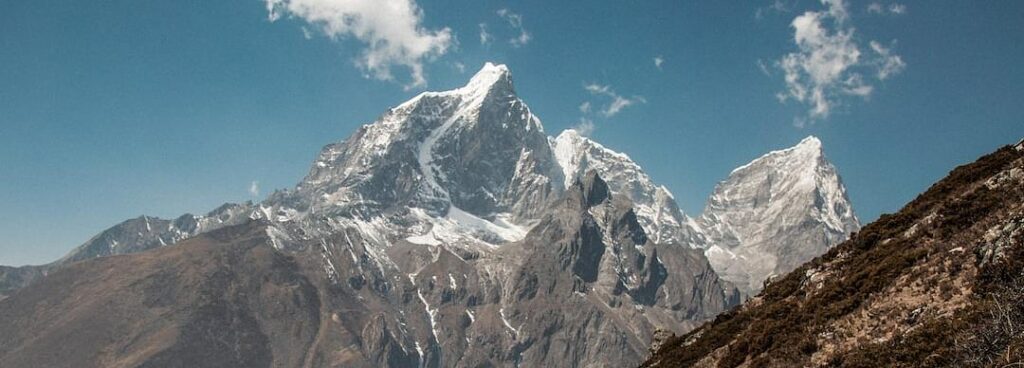Making it to Basecamp.


As a result, this has opened me up to different types of discussions to supplement what and how we do things here at The ASBC. In particular, this is about me realizing I utilized storytelling in much of what I do. Given I have colleagues and friends who are storytellers, and teach storytelling for a living, you might think I would have a head start in this area. This presumes I understood what storytelling was and why it mattered, which I did not just a few short years ago. I do now. What’s interesting is participants in our Ethical Stalking for Government Contractors® Bootcamp program have referenced my use of stories to help make many aspects of learning much more sticky.
The presentation I made to WIPP conference attendees involved my sharing stories from my youth, recent and continuing personal accomplishments, coaching youth soccer, and had an opportunity to weave Mt. Everest into the story, too.
‘Making it to Basecamp‘ is a way for me to illustrate the struggles faced by companies making their first, second, and ongoing efforts in federal contracting, and what actions within their control tend to work against them.
Climbing Mt. Everest, and making it to the summit, is a goal for adventurers from all walks of life. It represents the ultimate challenge of you versus yourself, you versus Mother Nature, and you versus the mountain. Everyone who can make this trek has many reasons to celebrate victories, regardless of how far up they make it. This includes making it to basecamp. Want to know why?
In the scheme of things, making it to Everest Basecamp in Nepal (South Basecamp) or Tibet (North Basecamp) is the easiest part of the journey at just over 17,000 feet. Mt. Everest summit is at 29,000 feet above sea level.
Although it takes days to get there, it’s the easy part because there are opportunities for respite on the way. At last count, there are roughly ten sherpa villages on the way to the basecamp. After basecamp, it’s a non-stop climb to the summit of just over 42 miles, straight up. My heart beats fast just thinking about it.
Why is Everest Basecamp important?
Base Camp serves as a gear and food warehouse where you can sort gear and prepare loads to go up the mountain to other camps versus trekking all the way back down the mountain.
Basecamp is a launch point from which the truly daunting phase of climbing Everest can begin. Making it to basecamp is the easy part, yet every year 3-5 climbers die on the way to basecamp. Think about that for a second, or longer.
In Federal Contracting, just like taking on Everest, one should prepare and establish a basecamp. The average prep time for an Everest expedition is one year, and that includes training, acquiring supplies, securing sherpas and more. How much time did you spend reaearching and planning your path before starting your Federal Contracting ascent?
I have seen many companies start the trek into Federal Contracting, and I have seen many companies die before they get to their basecamp. Many times it’s attributed to expectations. As in, they expected to have wins based on a timeline that was not realistic, or maybe it was realistic if they did certain things that ultimately didn’t get done. The phrase “Throwing spaghetti at the wall to see what sticks,” is appropriate since it often speaks to the tactics being employed. The unhealthy over-reliance on socioeconomic designations versus a substantive offering, and informed approach, almost always leads to frustration and an unplanned and unceremonious departure from Federal Contracting.
What are you doing to ensure your company makes it to basecamp, and further?
Peace, Health, and Success,